Donato Di Monte
Co-PI (Core Leadership)
German Center for Neurodegenerative Diseases
Dino is a Professor and Senior Research Group Leader at the German Center for Neurodegenerative Diseases (DZNE) in Bonn, Germany. He completed medical education at the University of Bari (Italy) and received post-doctoral research training in Biochemistry and Toxicology at the Karolinska Institute in Stockholm (Sweden) and at the School of Public Health, University of California, Berkeley. Prior to moving to Germany, he spent most of his research career at the Parkinson’s Institute in Sunnyvale, California, where he acted as Director of Fundamental Research from 1997 to 2010. Dino is currently also Deputy Scientific Director of the DZNE-Bonn.
Recent ASAP Preprints & Published Papers
Post-fibrillization nitration of alpha-synuclein abolishes its seeding activity and pathology formation in primary neurons and in vivo
Indirect Proximity Ligation Assay (PLA) - Brightfield






